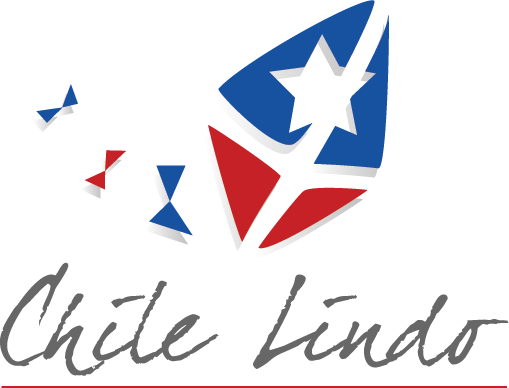SF’s Longtime Chile Lindo Has Relocated Across the Street as Chile Lindo Kitchen Culture
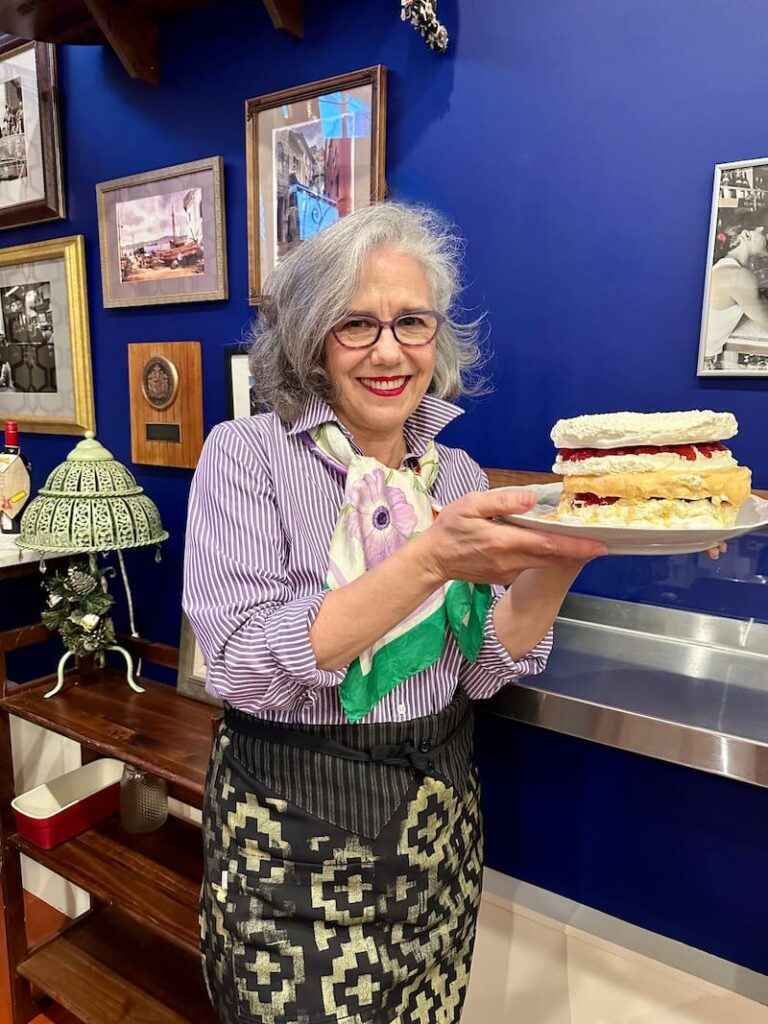
I always appreciate hanging out with fellow SF old-timers who have been here for more than 25 years (and self-made entrepreneurial women who run their own show!). I remember seeing Paula Tejeda’s long, curly hair as she’d bounce around Mission bars with her basket of Chilean empanadas in the aughts, AKA The Girl from Empanada (she was born in New York, but also lived in Chile). READ MORE
Chile Lindo celebrates Chilean Independence Day
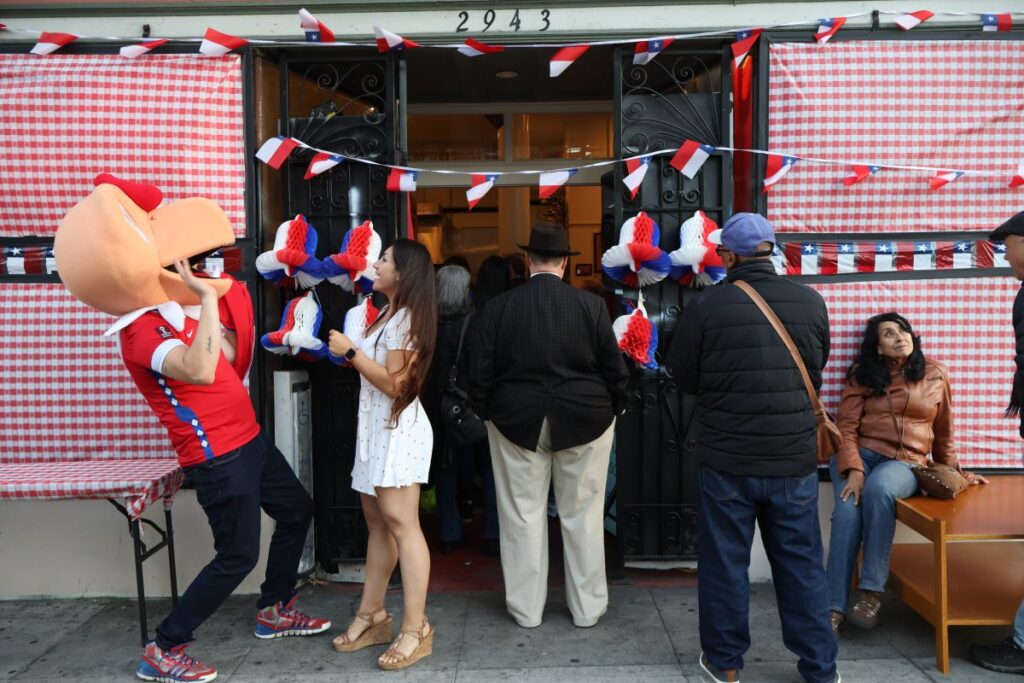
Paula Tejeda gathered friends and strangers Monday evening at Chile Lindo on 16th Street to find a piece of home and the sound of familiar chatter and music on Chile’s Independence day. “There’s a party tonight, come and join!” longtime proprietor Tejeda said to two new customers in the shop Monday afternoon. By evening, friends and strangers packed the cafe’s small space to eat the empanadas that have become the Chilean’s trademark – ones she once sold from a basket and now from 2943 16th Street. READ MORE
Chilean Empanadas Have Been a Mission District Staple for 50 Years

There are certain restaurants in the Bay Area that, for a variety of reasons, are easy to miss — often old-school eateries without the buzz or viral TikTok and Instagram accounts to lure you in from afar. But these modest establishments are just as capable of delivering culinary euphoria. In many cases, they also have decades’ worth of history waiting to be consumed. That’s exactly what the Mission’s Chile Lindo represents. Click here to read more
Bars, restaurants caught between inflation, supply crisis and labor crunch as revival ‘runs its course’

Restaurant operators and workers across the U.S. are struggling to rebound from the pandemic, and are battered by a lack of staff, skyrocketing prices and supply shortages. Paula Tejeda is one of them. Even after mass vaccinations, customer traffic is “still very shaky,” Tejeda, the owner and founder of Chile Lindo, a deli and coffee shop in San Francisco, said in an interview with Yahoo Finance. “The hospitality business, which is restaurants, small coffee shops and bars, are not back. We do not have enough foot traffic,” the business owner added. The worldwide outbreak delivered a massive shock to the restaurant industry — which now employs one million fewer workers than in 2019 and has yet to return to pre-pandemic levels. Meanwhile, COVID-19 infections are threatening a new surge ahead of the winter: on Friday, news that Austria would reimpose a broad lockdown rattled investors, and fanned concerns about how the U.S. might be impacted if cases spike. For the leisure industry, the recovery has been anything but smooth. Restaurant and bar sales were flat in October versus a month earlier, according to the Commerce Department’s latest retail sales data. It signals the pressure the hospitality industry is under pressure from rising inflation, strict vaccination requirements, labor shortages and supply chain constraints — and the Delta variant surge that menaced the economy over the summer. “We would have expected it to pick up but it hasn’t, I suspect it’s a sign that the recovery and branch from dining has kind of run its course,” Michael Pearce, Senior US economist at Capital Economics, told Yahoo Finance in an interview. “The problem is that we know restaurant prices are going up, so we would have at least expected the nominal dollar value of spending at restaurants and bars increasing, the indication is that the trend is no longer going upwards,” the economist added. Source: finance.yahoo.com
Salesforce Gives $10,000 Grants to 87 San Francisco Small Businesses
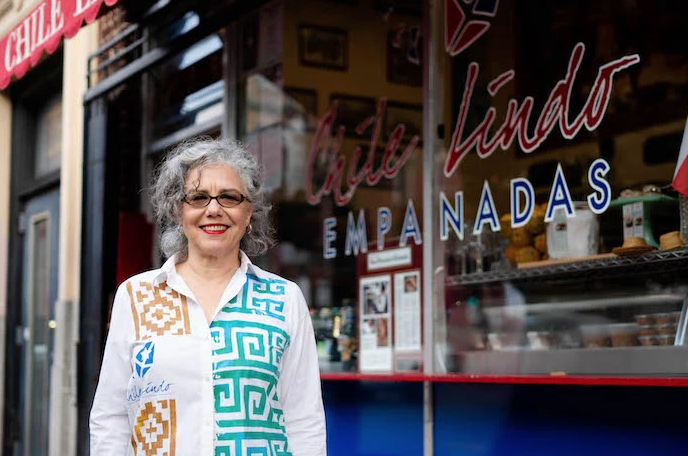
As part of a Salesforce fund established to combat the impact of COVID-19, grants were distributed to a diverse group of businesses from neighborhoods across the city Today, Salesforce announced it has distributed $870,000 in grants as part of the 2021 Salesforce San Francisco Small Business Grants program. The $1 million fund, announced in September, provides support for San Francisco small businesses impacted by the continued emphasis on virtual work and events resulting from the COVID-19 pandemic. Grant recipients were selected from diverse industries and neighborhoods, showcasing the strong, vibrant local business community in the city Salesforce calls home. “The success of our small businesses is in part closely tied to the well-being of our communities,” said Ebony Beckwith, Chief Philanthropy Officer, Salesforce. “I’m excited about this grant program because it supports an equitable recovery through the pandemic, and deepens our ongoing investment in diverse local entrepreneurs.” This is the second time that Salesforce has sponsored a grant program specifically for San Francisco small businesses. This year’s grants were distributed to 87 small businesses, with grantees made up of 54% women, 28% Black or African American, 28% Hispanic, 38% Asian, and 9% LGBTQ+-owned businesses. Recipients included a broad range of industries, most prominently restaurants and bars, retail, professional services, personal services, and healthcare. “Small businesses have remained integral to the communities they serve, even throughout the pandemic,” said Enrique Ortegon, SVP, SMB, Salesforce. “As part of the San Francisco community, Salesforce is proud to give back to small businesses in our own backyard through this grant program.” Paula Tejeda is the owner of Chile Lindo, a beloved deli, coffee, and empanada shop in the Mission District. Chile Lindo’s vision is to share and spread Chilean cuisine and culture throughout the Bay Area and beyond. Tejeda will use this grant to continue supporting her community by employing local artists and musicians, and providing immigrants with jobs and training that set them up for lifelong success. Source: salesforce.com
In the time of COVID, San Francisco’s soul is in the hands of all of us
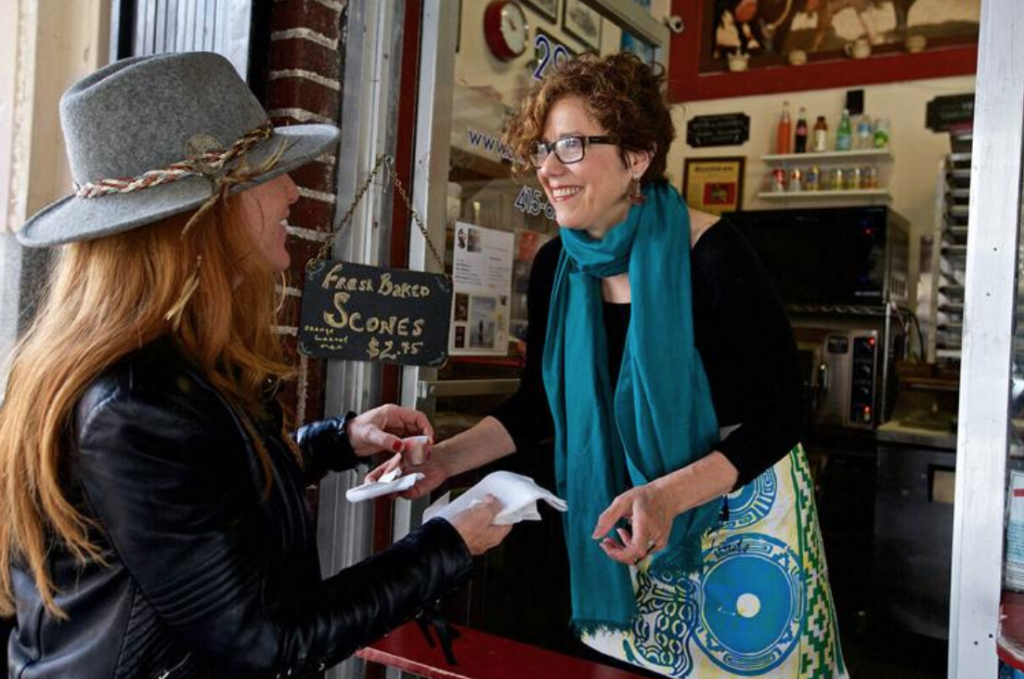
The idea of the “soul of San Francisco,” and whether it’s been lost or found in these years of our gentrification and more recently the pandemic is a well-worn idea. But what exactly does it mean, to go in search of something as ephemeral as a city’s spirit? After 99 columns, I’m still trying to find out. “One of the things people say to me all the time is they’re happy we’re still here. As if they are expecting me not to be,” said Paula Tejada, the self-proclaimed Empanada Lady who presides over Chile Lindo, her specialty food stand and catering business on 16th between Capp and South Van Ness, the crossroads of good fortune and hard luck. Tejada is the among the San Franciscans I’ve talked to over the last few years for this column, which has been devoted largely to probing the idea of what keeps some of us here, while others decide it’s time to leave in a hurry. It’s been a thorny proposition, fraught with the usual contradictions of writing about a complex city, and yet I learn more and more about San Francisco each day by talking to folks who call this place home. “Foot traffic in the morning is done,” Tejada told me by phone this week when I checked in on her pandemic status, three years after we first sat down for a chat. “There are no Google buses, people who used to walk by in the morning aren’t going to work on BART and I never know if I’m going to have that customer that’s coming in for a dozen.” And yet, Tejada digs into reserves she doesn’t really have to pay topflight jazz, salsa and bossa nova musicians to perform at her storefront, thanks in part to The City relaxing regulations around outdoor dining and drinking during the pandemic. She does it because she believes in that ineffable thing we call the soul of San Francisco. “An extension needs to be granted for at least two more years,” she said. “It’s going to take that long to recover. Look at how many small businesses closed before the pandemic, not to mention after?” She’d also like a little help with maintaining her storefront in the mornings, where she often washes away bodily waste and discarded items from those who make their nightly bed in her doorway. “If Salesforce decides to become a patron for Chile Lindo, they could call it a marketing expense and I could channel those funds directly to pay musicians,” she said. It’s a great idea from a experienced businesswoman and grassroots arts advocate: Tejada understands the urban ecosystem and the ways in which when one channel shuts down, it impacts the whole. Alvin Orloff is another believer: When we spoke to the author and bookseller last December about the biography he cowrote with trans superstar Bambi Lake, the pandemic was shaking out to be a mixed bag for him and still is. Though he’s definitely doubled down on his commitment to The City by acquiring the Castro Street bookstore he managed, now called Fabulosa Books. In the time of COVID, San Francisco’s soul is in the hands of all of us Fabulosa Books replaced the Castro branch of Dog Eared Books in September 2021 under new owner Alvin Orloff. (Courtesy photo by Alvin Orloff) “It’s exciting and terrifying,” he said. “Our regulars are real troopers. We rely on tourism, which isn’t back to normal, but we’re counting on the holiday season as ever, though more so this year,” he said. “The turning point for us will be when the Castro Theatre finally reopens.” As luck would have it, the historic cinema begins screening again Nov. 4 with director Stanley Nelson’s “Attica,” a documentary about the historic 1971 prison uprising. And on Nov. 6, The Castro is showing “Summer of Soul,” the documentary by Ahmir “Questlove” Thompson, who will be in conversation with Ben Fong-Torres, local music historian and longtime San Franciscan (and subject of his own documentary, “Like A Rolling Stone,” screening Oct. 30 at the Great Star Theater in Chinatown). Also persevering despite the pandemic, and following the death of her husband Victor, Jeannine Suarez, sole owner of Derby, maker of the Frisco-born bomber jacket, is launching a new cotton candy pink jacket benefiting the nonprofit Cancer Connections. “I lost two cousins in the last two years to cancer,” she said. “Derby is committed to giving back to The City that made us.” Among the historians, researchers and medical professionals we’ve spoken to, Dr. Ahimsa Sumchai continues to biomonitor the heavy metals known to cause women’s cancers as well cancers affecting all people, children and pets in the Hunters Point Naval Shipyard area. The pandemic has turned her attention to the continued disparities in what she calls the Bayview’s toxic triangle. However, she said she experienced a breakthrough this year: working with a lab that can actually record and detect the manmade substance of plutonium in the body. In the time of COVID, San Francisco’s soul is in the hands of all of us Dr. Ahimsa Porter Sumchai has mapped and studied radioactive elements found in people who live in the Bayview District near the former Hunters Point Naval Shipyard. (Kevin N. Hume/The Examiner) “Plutonium is the elephant in the room,” she said. “We know there is an enormous concentration of plutonium in the area, and now it will be recorded.” This long fight to prevent further cancer deaths in the area is not over and Dr. Sumchai, who is Bay Area born and educated, is committed to seeing the story to its end. Tracing footsteps of the region’s original people and her own ancestors, Kristine Mays has created a new sculpture show “Rich Soil,” which debuted in San Mateo County at Filoli Historic House & Garden pre-pandemic and has since made its way to the Hillwood Estate Museum and Gardens in Washington, D.C. Deft with embracing life’s complexities and depicting them in hard rebar wire
Chile Lindo, empanada joint on 16th Street, burglarized
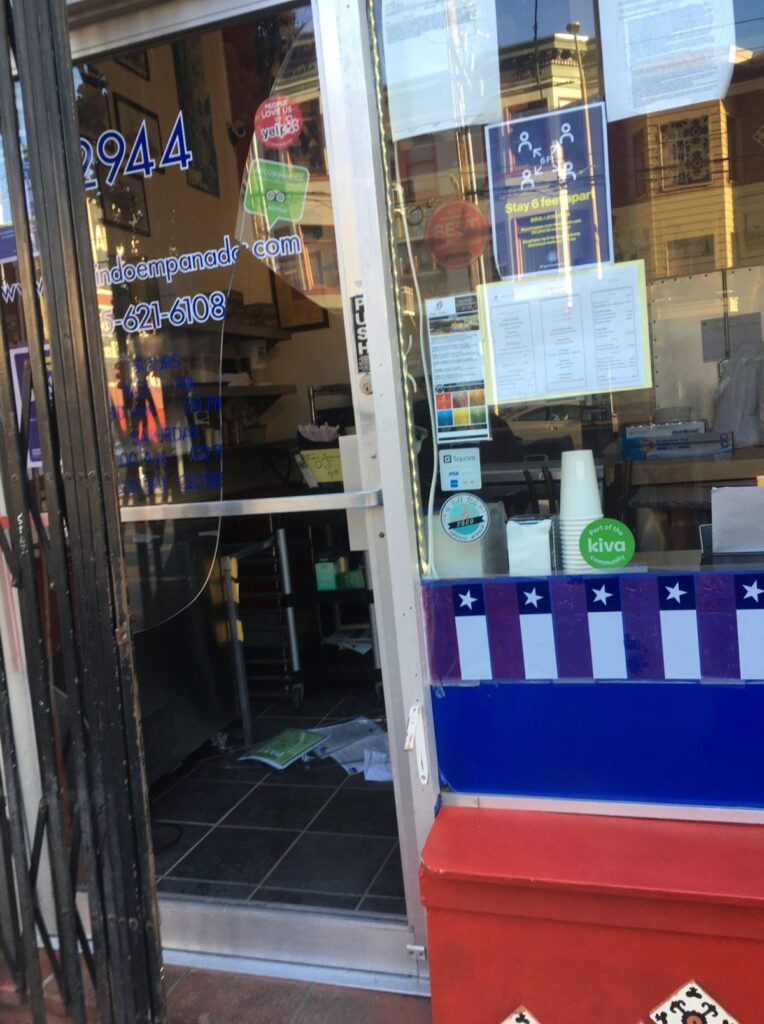
Early Tuesday morning, an employee called Tejada to the store, where she discovered her windows had been shattered and locks broken. The cash register, which she estimated carried around $500, was missing. Tejeda wrote in a Facebook post on Tuesday that she was at her “wits’ end” and was considering shuttering the restaurant. But, speaking to Mission Local on Thursday, she said “I’m over the worst part” and does not plan on closing. When she learned of the burglary, she said, “I was very shocked and exhausted.” Full article here: https://missionlocal.org/2021/05/chile-lindo-empanada-joint-on-16th-street-burglarized/
Chile Lindo Live!
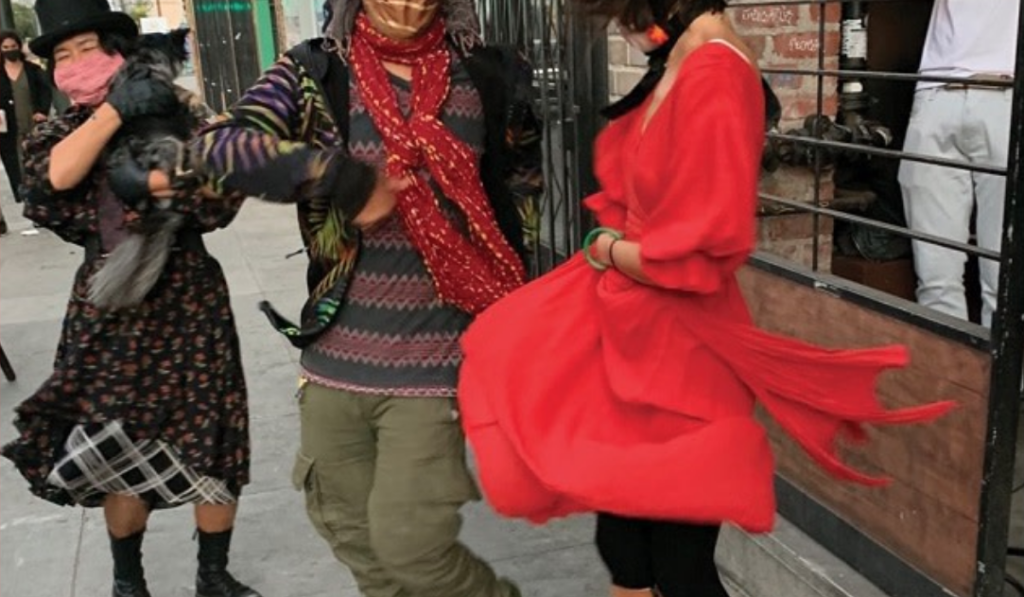
https://www.sfarts.org/event/chile-lindo-live-6RsP7TpiNwU9rY0fBuCWx8
The Most Creative Outdoor Dining Experiences in San Francisco
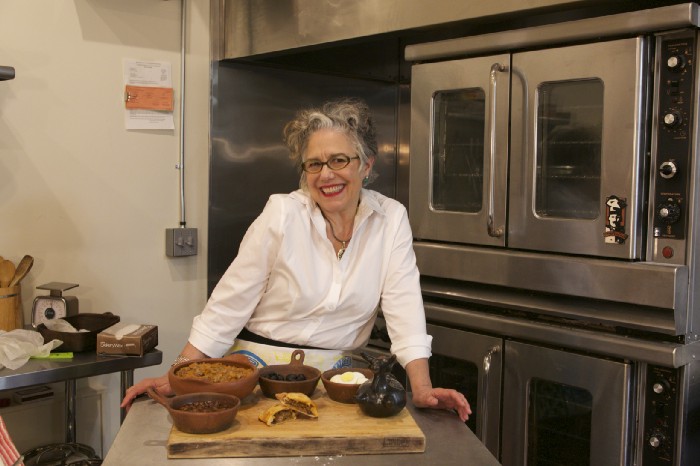
Off the Beaten Track at 16th and Capp brought the community together for live music, cocktails, and empanadas. It’s an understatement to say that restaurants and bars have had to get creative this year to survive — showcasing the impressive ways they’ve made it work is the reason we launched The Bold Italic awards. That’s why no category may have been more competitive than our “Most Creative Outdoor Dining” award, meant to highlight the most unique open-air eating situations that have popped up over the months. But the people have spoken, and our readers chose Off the Beaten Track at 16th and Capp as the winner. This weekly Friday night event has kept the Mission neighborhood smiling for months until the recent shutdown, all started by Paula Tejeda, owner of Chile Lindo — a small, beloved walk-up empanada shop on 16th Street. READ MORE
Chile Lindo on ABC7 News Bay Area
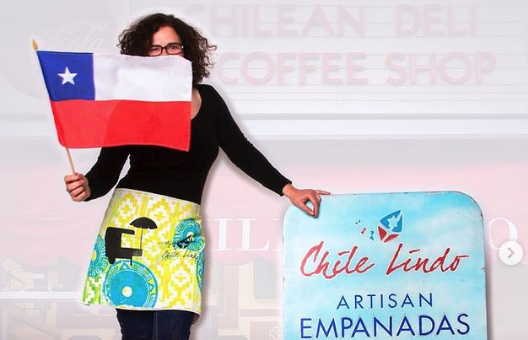
“She’s a tough woman. She was out here selling empanadas on the street while she was closed. She fought really hard to keep her business alive and open,” said Mission artist, Cindy De Losa of Paula Tejeda, owner of @chilelindosf. Paula’s Chilean Deli & Coffee Shop will celebrate 25 years this coming January. She’s made a lifetime of “connecting and creating community, from San Francisco to Valparaíso.” The doorway is a portal into a world of empanadas. The impressive image of the Corraleros (Criollo horse) invites you into their rodeo culture. Today is el Dieciocho (Chile’s Independence Day) yet, on one of the busiest days of the year (she was on her way to the Farmer’s Market), Paula made time to share with us about her love, we could hear it in her voice – her artisanal empanadas, made with locally sourced ingredients. Visit her website for recipes or to place your order, www.chilelindo.com. 🇨🇱 To learn more about our ABC7 Celebrating Heritage campaign, click the link in our bio! . In order of appearance in the photo carousel: 1. Paula Tejeda, cover photo credit to Francisco Vial Brown 2. Chile Lindo storefront photo credit to Paula Tejeda 3. Empanadas, credit to Paula Tejeda 4. Empanadas made fresh daily 5. Empanadas and their customized labels 6. Chile Lindo menu 7. Behind the scenes, with frame by #cindydelosa of Homes For Homies (2014) 8.. Chile Lindo and the #Homies, frame by #cindydelosa (2014) 9. Los Corraleros, or Chilean Criollo, the Chilean national horse breed 10. Chile Lindo is on the corner of 16th Street & Capp (right off the 16th Street BART exit) . #BABBA #TheMissionSF #SanFrancisco #Valparaíso #Chile #Chilena #Chilean #Latina #Latino #HispanicHeritageMonth #HHM #community #supportlocal #empanadas #cafe Watch on instagram
